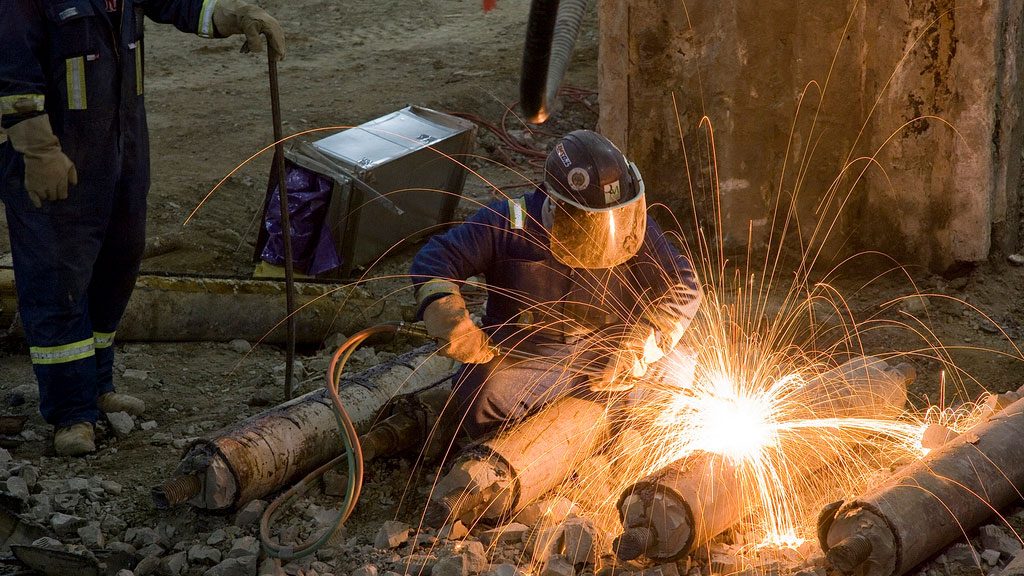TORONTO — According to the recently released ManpowerGroup 2018 Talent Shortage Survey, 41 per cent of Canadian employers report having difficulty filling jobs, with skilled trades being the hardest to fill, followed by sales representatives and drivers.
At a time when organizations face a tightening labour market and the lowest unemployment in 40 years, most of the jobs where demand is growing are mid-skilled roles that require post-secondary training, yet not always a full university degree, states a release.
Out of the approximately 2,000 employers surveyed, the results found nearly three in four of the companies surveyed (68 per cent) are investing in learning platforms and development tools to build their talent pipeline, while 28 per cent of employers are changing their existing work models, including offering flexible work arrangements to attract and retain talent.
More than half of the companies (56 per cent) are looking at different talent pools for skills including boomerang retirees or returning parents and part-timers.
“We continue to see increasing demand for skilled workers across all sectors of the Canadian economy from trades and transport to sales,” said Darlene Minatel, country manager for ManpowerGroup Canada, in a statement.
“Today’s job seekers don’t always have the skills employers need. To solve our growing skills gap, we need to take a new approach. Employers need to buy skills in the short term, cultivate communities of talent by borrowing from external sources and help people with adjacent skills transition from one role to another. Above all, we need to build talent through upskilling and reskilling programs to develop a workforce with the skills companies and individuals need to succeed.”
Global talent shortages are at the highest level in 12 years, states ManpowerGroup, which is calling for new solutions to the growing talent problem that include:
- Build — Invest in learning and development to grow the talent pipeline and upskill the existing and potential workforce;
- Buy — In a tight labour market, go to the external market to find the best talent that cannot be built in-house in the timeframe required to fill immediate openings;
- Borrow — Cultivate communities of talent inside and outside the organization including part-time, freelance, contract and temporary workers to complement existing workforces; and
- Bridge — Help people move on and move up to new roles inside or outside the organization.










Recent Comments
comments for this post are closed